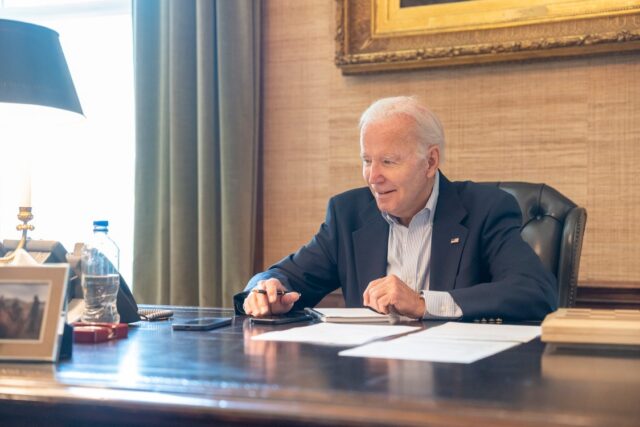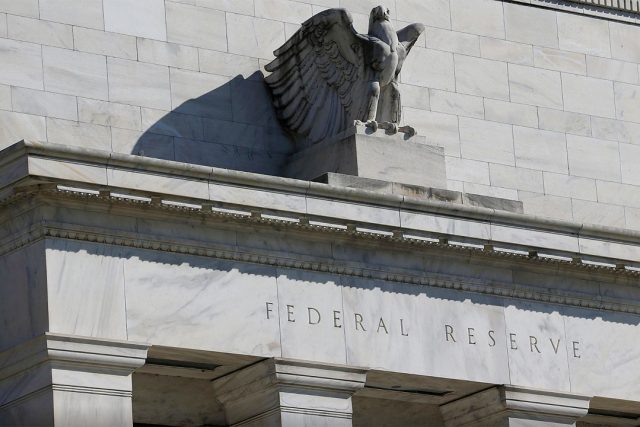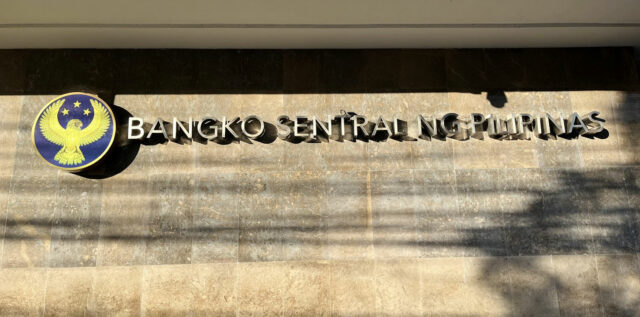WASHINGTON – Some elected Democrats loyal to President Joe Biden raised fresh questions on Tuesday about his 2024 re-election bid, with one calling for him to step aside, a shift after many defended him in the wake of last week’s shaky debate performance.
Whether Mr. Biden continues his 2024 bid for president after his halting debate performance against Republican presidential candidate Donald Trump is largely his decision, Democrats and political strategists have said.
But Mr. Biden is under pressure. Some donors have called for him to step aside, and other Democrats are worrying openly that he is not equipped to beat Trump in November.
There are 25 Democratic members of the House of Representatives preparing to call for Biden to step aside if he seems shaky in coming days, according to one House Democratic aide.
A second House Democratic aide said moderate House Democrats in competitive districts – often called “frontliners” – were getting hammered with questions in their districts this week.
A Reuters/Ipsos poll taken after the debate showed one in three Democrats think Mr. Biden should end his re-election bid.
US Representative Lloyd Doggett became the first congressional Democrat to call for Mr. Biden to withdraw from the presidential race on Tuesday. He told NBC News in an interview that he hoped other Democratic lawmakers would follow his lead.
“It looks like the dam has broken,” the second aide said.
Former House Speaker Nancy Pelosi emphasized Biden’s multiple legislative accomplishments during an interview with MSNBC Tuesday but said it was legitimate to ask whether his debate performance was a one-night thing or a broader health problem. She said Trump should be given the same scrutiny.
“I think it’s a legitimate question to say, ‘Is this an episode or is this a condition?’ And so when people ask that question, it’s legitimate, of both candidates,” Ms. Pelosi said.
Immediately after the debate, Ms. Pelosi had shown strong support. “Joe Biden’s decision to go forward is a decision that we will all embrace because of the record he has and the performance that will come with it,” she said then.
White House Press Secretary Karine Jean-Pierre said on Tuesday that Biden did not have an “episode,” just a bad night.
Vice President Kamala Harris, asked in a CBS News interview about Doggett’s demand, said: “Look, Joe Biden is our nominee. We beat Trump once and we’re gonna beat him. Period.”
Mr. Biden, speaking at a campaign event in Virginia on Tuesday evening without a teleprompter, blamed his performance on a lack of sleep and said his campaign had raised $38 million since the debate.
“The fact is that you know, I wasn’t very smart. I decided to travel around the world a couple times, going through around 100 time zones … before … the debate. Didn’t listen to my staff and came back and nearly fell asleep on stage,” he said. “That’s no excuse but it is an explanation.”
Some Democrats suggested Mr. Biden should be thinking about the broader party’s future.
“He has to be honest with himself,” Democratic Representative Mike Quigley, a moderate from Illinois, told CNN on Tuesday. “It’s his decision. I just want him to appreciate at this time just how much it impacts, not just his race, but all the other races coming in November.”
US Representative Jim Clyburn, the Democrat often credited with securing Mr. Biden’s nomination in the 2020 presidential race, told MSNBC Tuesday he would support Vice President Kamala Harris to be the Democratic nominee if Mr. Biden stepped aside.
Representative Jared Golden, a Maine Democrat, predicted on Tuesday that Trump would win the election, as did Washington state Democratic Rep. Marie Gluesenkamp Perez.
BIDEN TO TALK TO GOVERNORS, CONGRESS
The president and his campaign are scrambling to bolster support. Mr. Biden will hold a meeting with Democratic governors virtually and in person at the White House on Wednesday and speak to lawmakers this week, White House officials said.
One of the House Democratic aides said members were disappointed about the lack of outreach thus far.
Doggett told NBC News he had asked the White House to speak personally with Mr. Biden about his call for him to drop out, but had not heard back from him.
Mr. Biden’s campaign held difficult phone calls on Sunday and Monday with important funders who questioned his plans to stay in the race.
Asked Tuesday why Mr. Biden had not done more media interviews or press conferences after his debate raised questions, Jean-Pierre pointed to his visit to a Waffle House in Atlanta on the evening of the debate and subsequent interactions with supporters.
Mr. Biden is scheduled to do an interview with ABC this week and plans to hold a news conference at the NATO summit next week. The Democratic Hill aide said a lot was riding on the ABC interview, with lawmakers looking to see that he can handle rapid-fire questions and not just orchestrated campaign appearances.
Meanwhile, Mr. Biden’s campaign said it and its Democratic allies raised $264 million in the second quarter, including $127 million in June and a record “grassroots” fundraising haul on the day of Mr. Biden’s debate. – Reuters








 The bank also won Best Bank for Cash Management in the Philippines at the 2024 Global Finance’s World’s Best Treasury & Cash Management Systems & Services Awards highlighting the bank’s leadership position in transaction banking for product development, breadth of coverage and service excellence.
The bank also won Best Bank for Cash Management in the Philippines at the 2024 Global Finance’s World’s Best Treasury & Cash Management Systems & Services Awards highlighting the bank’s leadership position in transaction banking for product development, breadth of coverage and service excellence.



